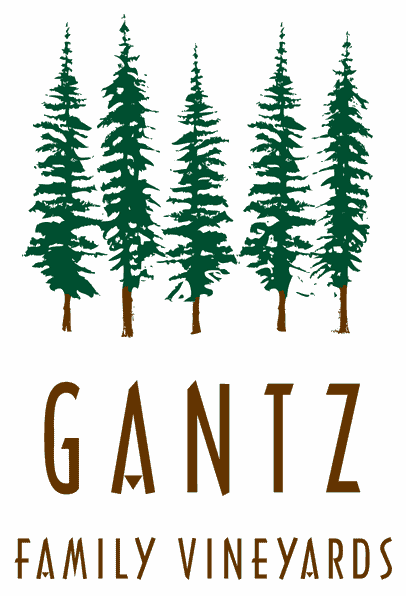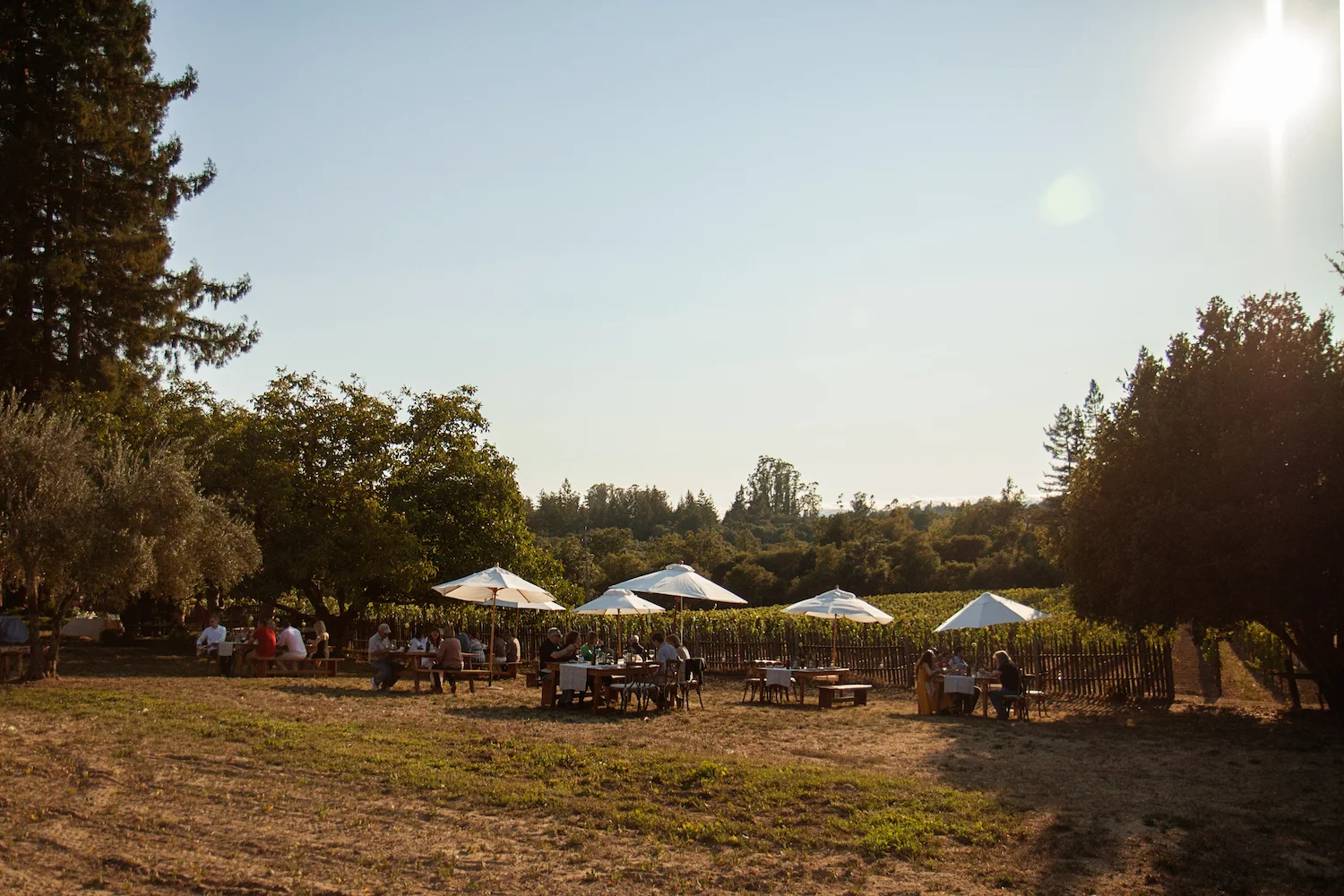So, This year, I’m back to a winemaking style that I am familiar with from my studies at UC Davis and that I have employed with great success in the past. I am going to emphasize “clean” winemaking over “natural” winemaking, in the hopes that I can better capture that beautiful fruit in the bottle.
Hedging a Vineyard
Veraison: Step Six of Our First Growing Season
The Flowering of Our Fruit: Step Four of Our First Growing Season
A Video: The Value of Shoot Positioning
Bud Break: Step Three of Our First Growing Season
The first time I saw one bud open, on April 4, I was ecstatic. "We've got bud break!" I shouted. But Clay, ever the pragmatist, felt we couldn't "call" it until 50 percent of the vines showed leaves. From that first moment to the 50 percent mark was about an hour, it seemed. Suddenly the entire vineyard was a sea of green.
The Importance of Spading on a Vineyard
Appreciating the Vineyard from the Seat of My Tractor
Pruning: Step Two of Our First Growing Season
Our Hopes for Our First Growing Season
In 2009, Celeste and I found a bit of property off Laguna Road with an old farmhouse overlooking an empty field, untended fruit trees and a kiwi grove running wild. Even then, standing under the five towering redwoods that spoke of the property’s history, we felt the tingle of potential. This year, we will see that potential realized. After a year in the greenhouse and two years in the field, our 3.75-planted acres of vines will finally bear fruit that will be sold to a winery.

